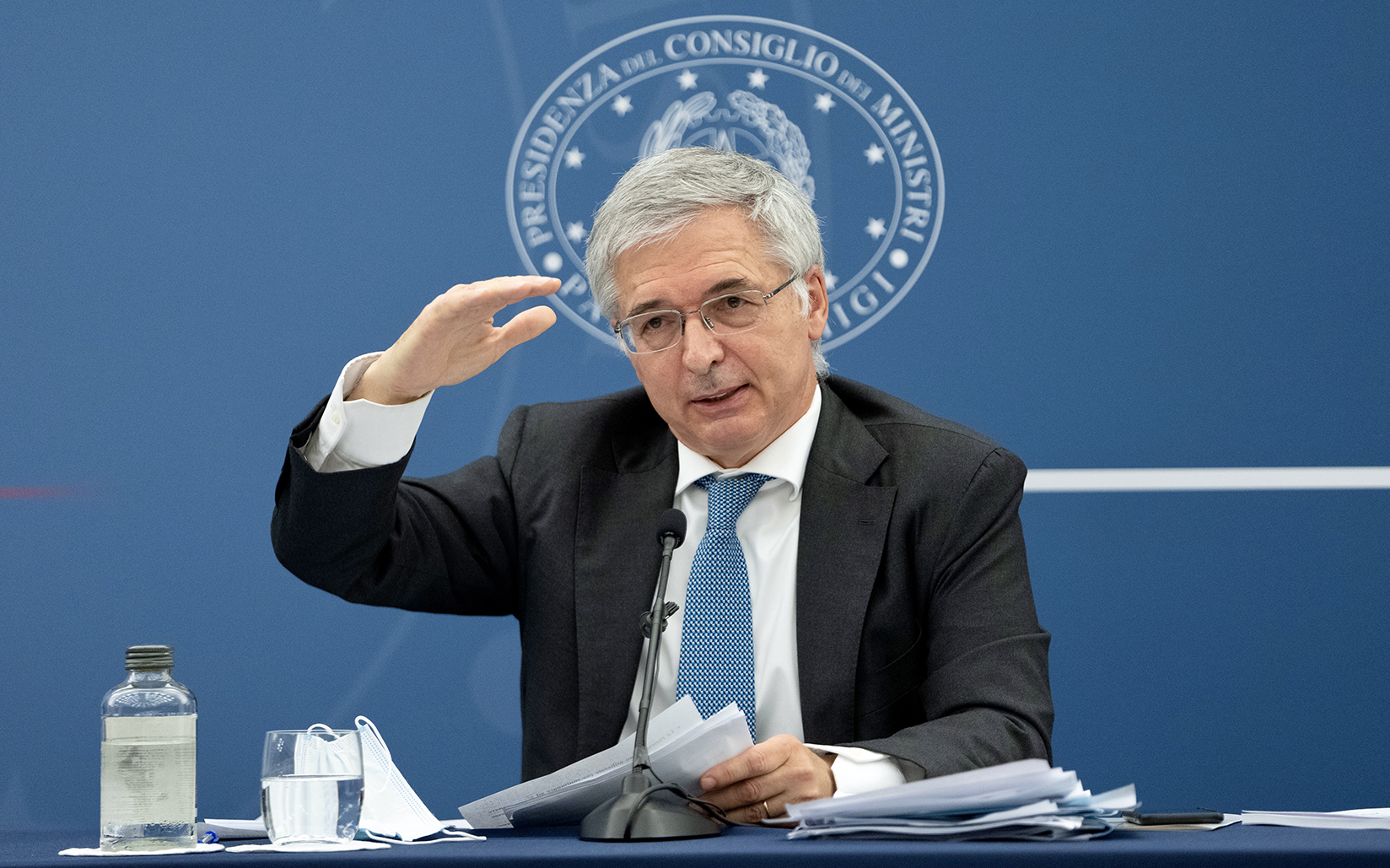Nadef? Lost opportunity, that’s why. The analysis of prof. Piga

What did the economist Gustavo Piga expect different and better from Nadef
The autumn release of NADEF, as pointed out by the Minister of Economy and Finance Daniele Franco, usually does not constitute an occasion of wide interest, simply because it only slightly updates the Government objectives as they were approved 6 months earlier in the DEF, the multi-year Economic and Finance Document which establishes the programmatic framework for fiscal policy.
However, in the last six months, the economic growth of all Western countries has been revised in a decisive way upwards due to the improvements in the prospects allowed by the effects of the vaccine. Italy, which in 2021 will grow by 6% compared to the 4.5% forecast, is not escaping this apparently happy fate.
Nevertheless, all the international statistics remind us of our delay in the post-Covid relaunch: in the face (recent OECD estimates) of a world that sees a growth at the end of 2022 of 6.8% compared to the level of GDP 2019 (pre-Covid) , driven by the bursting US recovery (+ 6.5% thanks to Biden's truly expansive fiscal policies) and slowed down by that of a still timid euro area (+ 3.4%), Italy is the black jersey with a level of + 1.1%.
Responsible for this stunted performance over time can only be the anomalous request to our country to adopt, starting from 2022, an unprecedented budgetary restriction, approved by the last DEF in April and by the European Union.
It provided that, in the face of a (very necessary) widening of the deficit on GDP 2021 expected to 11.8% to help our economy hit by the second wave of Covid, we should be linked to an abrupt and immediate reduction of this , for 2022, 5.9%. This is a good 120 billion in a year of lower public spending and higher tax revenues that could not do anything but undermine any ambition for recovery similar to that of other countries such as ours severely impacted by the pandemic such as Spain, which is not Similar austerity was requested.
And, in parallel, the DEF contained a promise to reach a GDP deficit of 3% (3.4% to be precise) by 2024, a threshold appreciated by the European hawks, an iconic symbol never vanished of the ancient austere pact called the Fiscal Compact. .
This is why the NADEF was expected by many as a possible last resort, an attempt to reverse our negative economic recovery performance through a more expansive fiscal economic policy for the three-year period 2022-2024. And this is because the greater growth in 2021 constituted an unexpected bonus: namely the possibility, given the improvement in public accounts due to the cycle, to confirm the 11.8% in April through additional new public investments which, in a a true virtuous circle, they would have further pushed growth towards the levels of other European countries and the simultaneous reduction of public debt on GDP.
Yes, because President Draghi himself has acknowledged (explicitly) what some economists have been arguing for some time: that the only way to reduce the Italian debt-to-GDP ratio is to take action for greater growth. And if in fact the unexpected growth of 6% led the latter's estimate for 2021 to fall from 159.8% in April to 153.5% in October, we can imagine what the miraculous power would have been on the debt of a further virtuous investment spending, aimed at making us grow like other European countries?
What a surprise, therefore, we felt in listening to Daniele Franco announce that the Government, on the contrary, did not intend to take advantage of this wonderful opportunity to confirm the 11.8% debt promised in April, but rather to acknowledge that "the expenses were lower than expected "and that the Government would not have compensated them with extra investments and greater growth, leaving instead the debt in 2021 stood at 9.4%, 2.4% of GDP less (about 40 billion euro) than promised in April. Of this 2.4%, as much as 1.7%, two thirds, was also a reduction in net structural debt, that is, not due to the cycle but to a specific choice of the Government to make lower expenses than expected in April.
Put another way, this choice, while keeping the 2024 deficit target unchanged at 3.3%, was once aimed at anticipating austerity from 2022 to 2021 and with it the one-year fiscal return path. Economic growth forecast for 2022 was also affected, falling by one decimal point from 4.8% in April.
Our Prime Minister is the only one who has the reputation and attention of his European colleagues to be able to convince everyone that Italy, spending well on greater investments, would be able to reduce its debt to GDP through growth.
He could have successfully argued, we are sure, that it would have been good not only to confirm the deficit on Italian GDP of 2021 at 11.8 of GDP but also that its reduction by 2024 should have been reduced, to 6% for example. and not 3%, making it possible to put Italy and therefore Europe in safety through our additional economic growth. This was not the case, and for anyone who claims to be an avid fan of the European project and the euro, this is not good news.
(Extract from a post published on the Piga blog; here the full version )
This is a machine translation from Italian language of a post published on Start Magazine at the URL https://www.startmag.it/economia/nadef-occasione-persa-ecco-perche-lanalisi-del-prof-piga/ on Sun, 10 Oct 2021 05:03:44 +0000.
